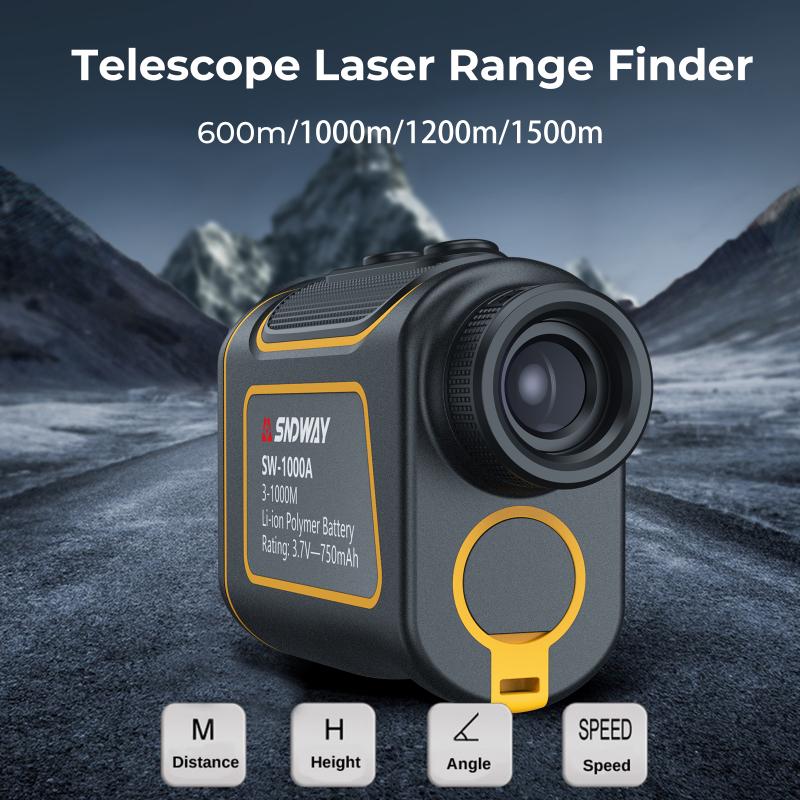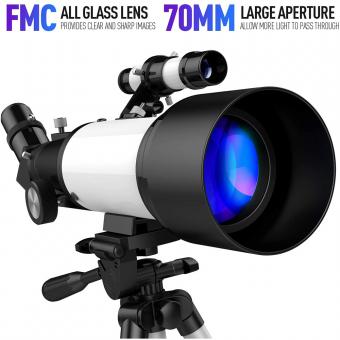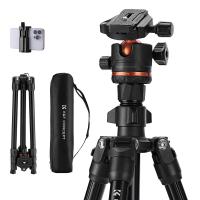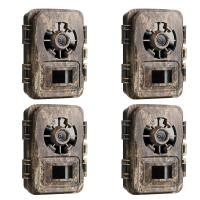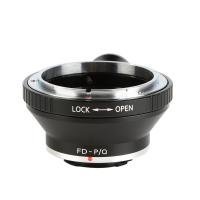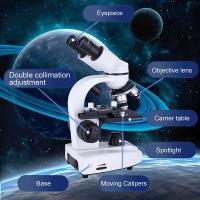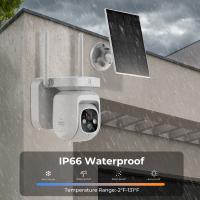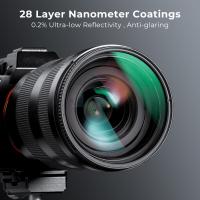What Can You See With A Telescope ?
With a telescope, you can see a wide range of celestial objects such as stars, planets, galaxies, nebulae, and even comets. Telescopes allow you to observe these objects in greater detail and clarity than what is visible to the naked eye. By magnifying the image, telescopes reveal the intricate features of planets like Jupiter and Saturn, including their moons and atmospheric details. They also enable the observation of distant galaxies, revealing their shapes, sizes, and structures. Additionally, telescopes can capture the beauty of nebulae, which are vast clouds of gas and dust where stars are born. Overall, telescopes provide a window into the vastness and wonders of the universe.
1、 Celestial bodies: Stars, planets, moons, and other astronomical objects.
What can you see with a telescope? Well, the possibilities are truly astronomical! Telescopes have revolutionized our understanding of the universe by allowing us to observe celestial bodies that are otherwise invisible to the naked eye. With a telescope, you can explore the vastness of space and witness the beauty and complexity of the cosmos.
One of the most captivating sights through a telescope is the array of celestial bodies. Stars, those distant balls of glowing gas, come to life with intricate details and colors. You can observe different types of stars, from the bright and massive ones to the faint and distant ones. Some stars even reveal their companions, forming binary or multiple star systems.
Planets, the neighboring worlds in our solar system, become visible with a telescope. You can witness the ever-changing phases of Venus, the majestic rings of Saturn, the swirling storms on Jupiter, and the polar ice caps on Mars. With advanced telescopes, we have even discovered exoplanets orbiting distant stars, expanding our understanding of planetary systems beyond our own.
Moons, the natural satellites that orbit planets, are also within reach of a telescope. You can observe the four largest moons of Jupiter, known as the Galilean moons, as they dance around the gas giant. The craters and mountains on our own Moon become visible, revealing the scars of its violent past.
Telescopes also allow us to explore other astronomical objects. Nebulas, vast clouds of gas and dust, unveil their intricate structures and vibrant colors. Galaxies, vast collections of stars, reveal their spiral arms or elliptical shapes, giving us a glimpse into the vastness of the universe.
It is important to note that the capabilities of telescopes have greatly advanced over time. With the latest technology, telescopes can capture images in incredible detail and observe objects that were once beyond our reach. From capturing the birth of stars in stellar nurseries to studying the remnants of supernovae, telescopes continue to push the boundaries of our knowledge.
In conclusion, with a telescope, you can see a wide range of celestial bodies, including stars, planets, moons, and other astronomical objects. The latest advancements in telescope technology have allowed us to explore the universe in unprecedented detail, revealing the wonders and mysteries of the cosmos. So, grab a telescope and embark on a journey through the vastness of space!
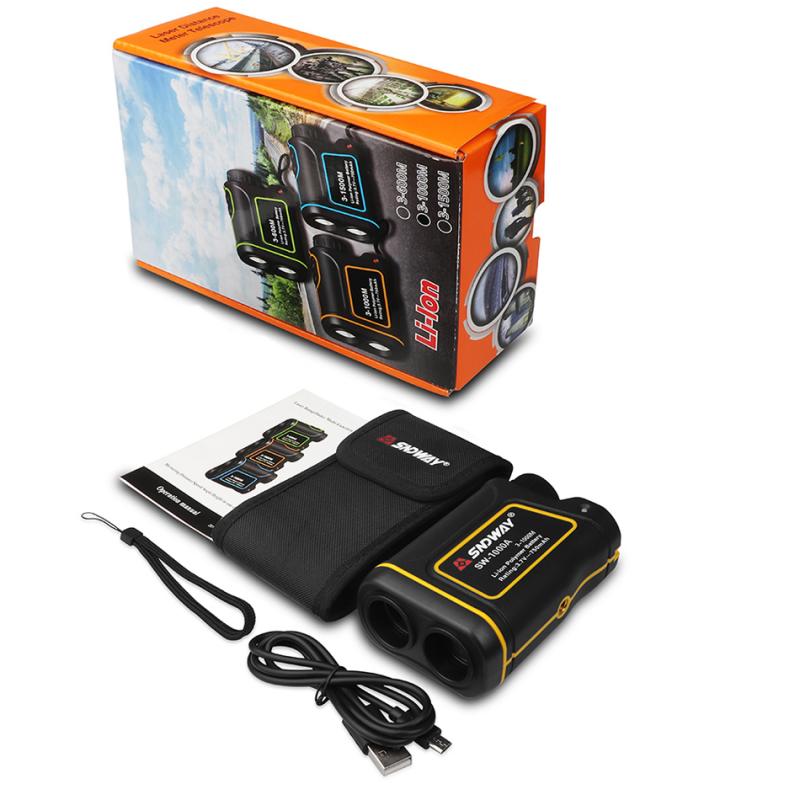
2、 Deep space objects: Nebulae, galaxies, and star clusters.
With a telescope, you can observe a wide range of celestial objects, including those in deep space. Deep space objects refer to astronomical entities that are located outside our solar system. These objects are incredibly distant and can provide us with valuable insights into the vastness and complexity of the universe.
One of the most captivating deep space objects that can be observed with a telescope is a nebula. Nebulae are vast clouds of gas and dust that can be illuminated by nearby stars or by the remnants of a dying star. These cosmic clouds come in various shapes and sizes, and their vibrant colors make them a breathtaking sight. Examples of famous nebulae include the Orion Nebula and the Eagle Nebula.
Galaxies are another fascinating deep space object that can be observed with a telescope. These immense systems of stars, gas, and dust are the building blocks of the universe. By studying galaxies, astronomers can gain insights into the formation and evolution of stars, as well as the structure of the universe itself. The Andromeda Galaxy, our closest galactic neighbor, is a popular target for amateur astronomers.
Star clusters are also visible through a telescope. These are groups of stars that are gravitationally bound together. There are two main types of star clusters: open clusters and globular clusters. Open clusters are relatively young and contain a few hundred to a few thousand stars. Globular clusters, on the other hand, are much older and can contain hundreds of thousands or even millions of stars. The Pleiades and the Hercules Cluster are well-known examples of open and globular clusters, respectively.
It is important to note that the capabilities of telescopes have significantly advanced over the years. With the latest technology and advancements in observational techniques, astronomers can now observe deep space objects with greater detail and precision. This has allowed for the discovery of new phenomena and a deeper understanding of the universe.

3、 Solar system features: Craters, mountains, and valleys on the Moon.
With a telescope, you can observe a wide range of celestial objects and phenomena. One of the most fascinating aspects of the solar system that can be observed with a telescope is the Moon. The Moon is Earth's only natural satellite and is a captivating object to study.
Using a telescope, you can observe various features on the Moon's surface. One of the most prominent features are craters. These are formed by the impact of meteoroids and asteroids over millions of years. Some craters are small and shallow, while others are large and deep. The telescope allows you to see the intricate details of these craters, such as their shape, size, and depth.
In addition to craters, you can also observe mountains and valleys on the Moon. The Moon's surface is not flat but rather has a diverse topography. Mountains on the Moon are formed by the collision of tectonic plates or volcanic activity. Valleys, on the other hand, are created by the collapse of the lunar surface. With a telescope, you can observe the different shapes and sizes of these features, providing valuable insights into the Moon's geological history.
It is important to note that the latest advancements in telescope technology have allowed for even more detailed observations of the Moon. For instance, high-resolution telescopes can capture images with exceptional clarity, revealing even smaller craters and more intricate details of the lunar surface. Additionally, some telescopes are equipped with spectrographs, which can analyze the composition of the Moon's surface by studying the light reflected from it.
In conclusion, a telescope enables us to observe various features of the Moon, including craters, mountains, and valleys. These observations provide valuable insights into the geological history and composition of our closest celestial neighbor.
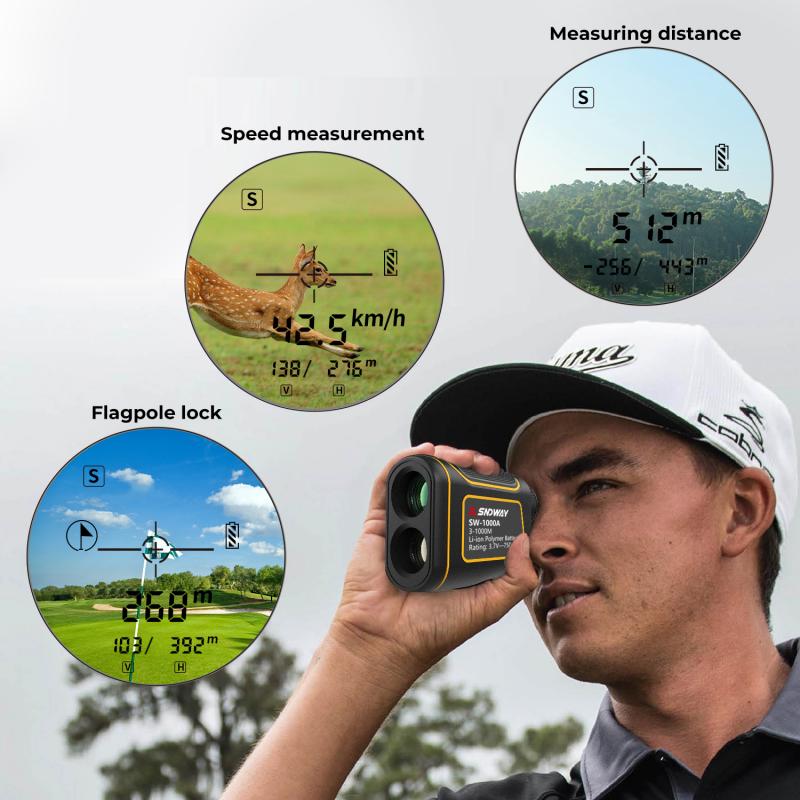
4、 Astronomical events: Eclipses, meteor showers, and comets.
With a telescope, you can observe a wide range of astronomical events that are otherwise difficult to see with the naked eye. One of the most captivating events to witness through a telescope is an eclipse. Whether it's a solar eclipse, where the Moon passes between the Earth and the Sun, or a lunar eclipse, where the Earth casts its shadow on the Moon, the intricate details of these celestial phenomena become visible. Through a telescope, you can observe the Moon slowly covering the Sun during a solar eclipse or witness the Moon turning a deep red during a lunar eclipse.
Another fascinating event to observe with a telescope is a meteor shower. These occur when the Earth passes through a trail of debris left by a comet or asteroid. With a telescope, you can see the streaks of light as meteors burn up in the Earth's atmosphere. The Perseids and the Geminids are two well-known meteor showers that offer spectacular displays each year.
Additionally, a telescope allows you to observe comets as they journey through our solar system. Comets are icy bodies that release gas and dust as they approach the Sun, creating a glowing coma and sometimes a tail. Through a telescope, you can witness the intricate details of a comet's nucleus and observe its tail stretching across the sky.
It's important to note that the latest advancements in telescope technology have made it possible to capture even more detailed images and data of these astronomical events. With high-resolution cameras and sophisticated instruments, astronomers can now study these phenomena in greater depth, providing valuable insights into the nature of our universe.
